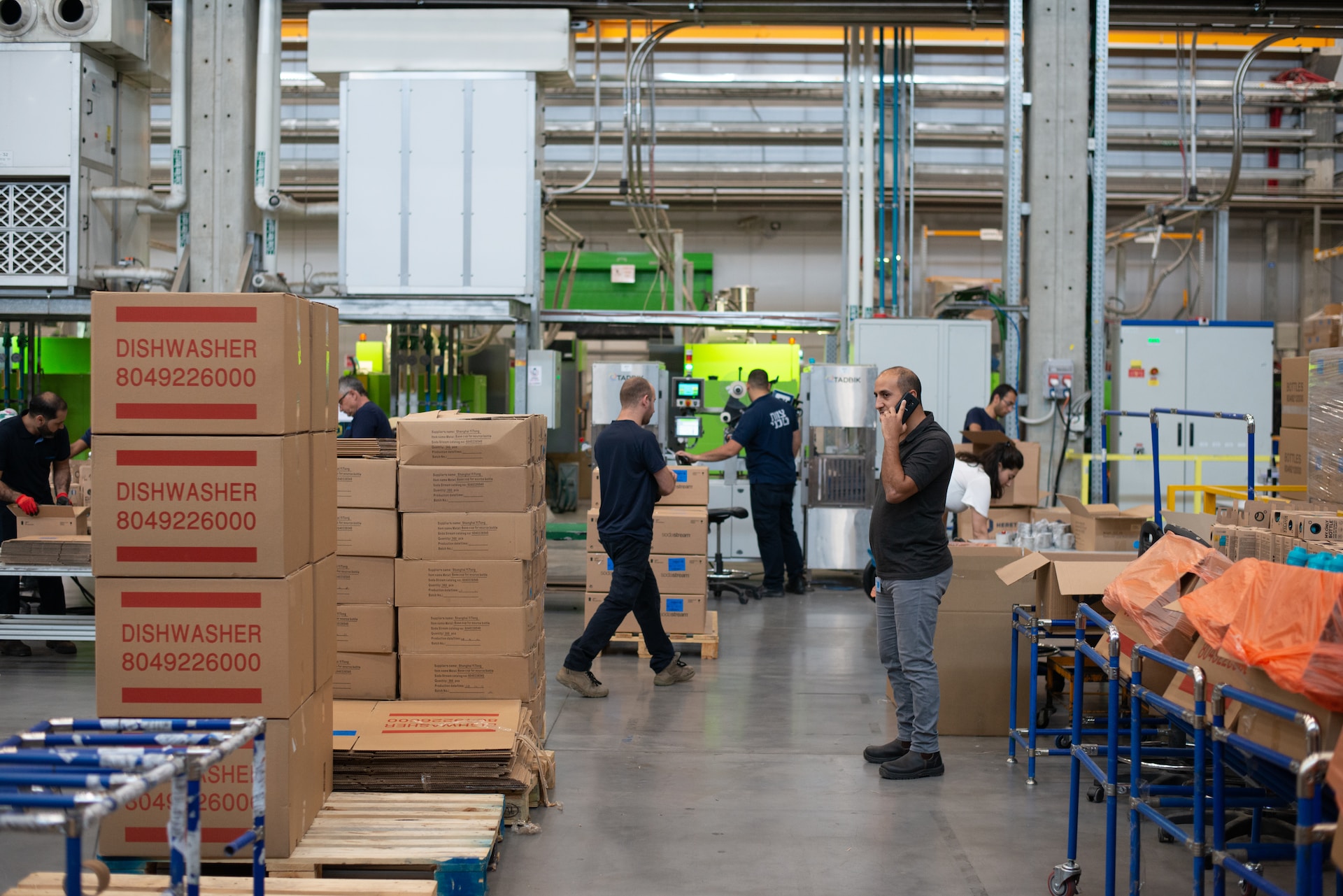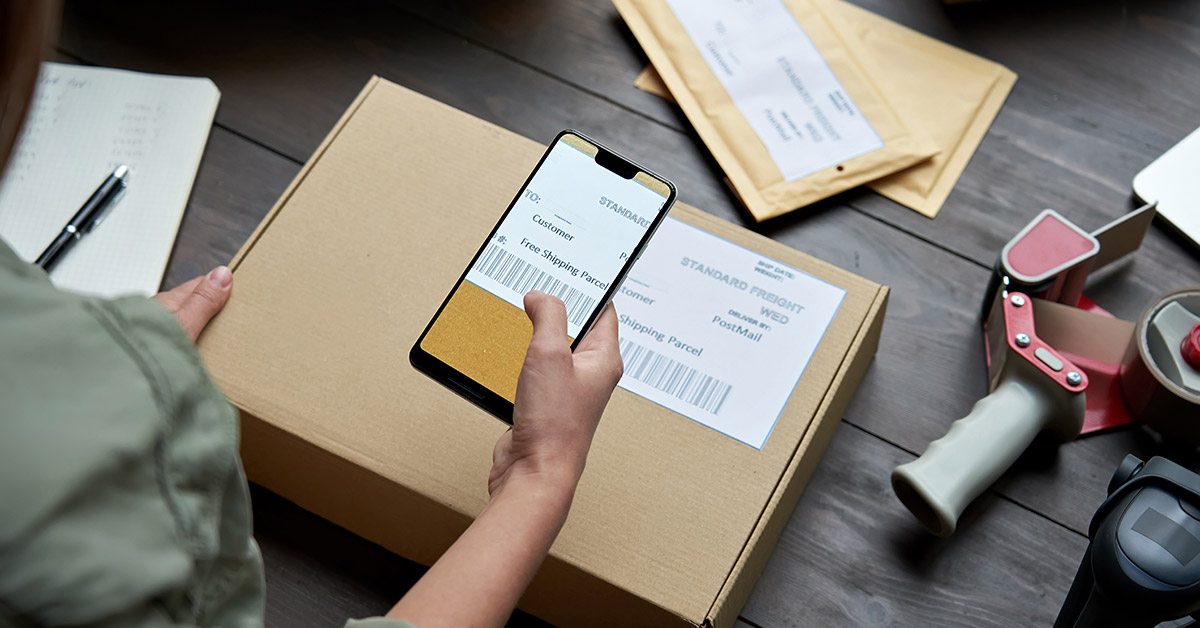


Although we’re all used to seeing shipping labels on every package we send or receive, few of us actually know what’s on them. Despite their bland appearance, shipping labels are essential for linking up the virtual websites and stores on the internet to the real world of people’s lives and homes.
Shipping labels are fascinating little documents that contain lots of coded information for the person who knows how to look. They hold a vast amount of information, saying where a package is coming from and going, and even the type of service it’s receiving.
In this blog post, we’ll mostly be taking a look at the question of what is a shipping label, as well as how to print them and label a package.
In the most basic terms, a shipping label holds a set of instructions and information necessary for a package to be delivered to the correct recipient. A shipping label’s standard size is 4 by 6 inches, but smaller ones (6 by 3 inches or 4 by 4 inches) can be printed to fit onto smaller boxes. If you’re having trouble picturing it, taking a quick look at a shipping label example will be helpful.
Think for a moment about all the different post offices, Amazon fulfillment centers, and UPS trucks whizzing around America. Printable shipping labels are on every one of these and help organize the parcels’ flow without chaos taking over.
Because anyone can create and print their shipping labels, it’s effortless for small businesses and independent creators on platforms like Etsy to arrange their shipping easily and conveniently.
Larger online retailers like Amazon and large shipping companies are perhaps even more dependent on shipping labels than small businesses. UPS and FedEx alone handle about 34 million packages daily between them. Such a massive amount of packages is challenging to keep track of, and shipping labels make it all work.
Shipping labels have seven essential pieces of information that are necessary for a package to navigate the incredibly complex shipping network and reach its destination.
There are differences between the shipping labels you’ll need depending on the courier you use. However, the information on them will be more or less the same because, unsurprisingly, all the companies need to know basic info like the destination address. Nonetheless, you can’t put a US Postal Service label on a package and drop it off at a FedEx distribution center.
Printing shipping labels is a pretty simple process, though it does differ depending on the company you’re shipping with.
Large companies like FedEx, UPS, and DHL have online systems. After choosing the level of service you’d like to send with, you enter your address, the receiver’s address, and all the other information like weight, package size, and everything else we’ve mentioned. You also pay for shipping at the end of the process.
The USPS also has an online system called Click-N-Ship. It’s much the same as those you’ll find on the websites of commercial shipping companies.
As online shopping has become all but ubiquitous, several businesses have sprung up that automate almost all the steps involved in preparing shipping labels.
Once a customer buys something from your website, a system will take the data they’ve entered and prepare a shipping label for you on the courier of your choice. Then all you need to do is click the print shipping label on your computer and attach it to the package.
Services like these are indispensable for businesses that deal with large volumes of orders. It simply doesn’t make sense to spend hours and hours manually filling in the same form for each customer. Further, using technology will eliminate both the mistakes that can happen during manual data entry and the resulting lost and late packages.
Technically, you’re able to put a shipping label on any flat surface of the box you’re shipping. It’s easiest for everyone involved—you, the shipping company, and the customer—if the label is visible on the top of the package.
It’s also worth mentioning a couple of other dos and don’ts regarding actually attaching the label. There’s nothing wrong with covering the entire label with transparent tape so long as it’s legible. This can be a good idea because it reduces the chance the label will become torn or detached, resulting in a lost package.
Another tip often heard from veteran shippers is that you should never skip the step of including a packing slip (also known as a waybill) on the inside of the package. Essentially, it’s a receipt that proves that the sender paid for shipping. Not only is the record potentially beneficial for your customers, but it can also contain important information about returns and customer service.
I hope this guide has made the jumble of information on shipping labels less intimidating. The better you understand all the subtleties of the shipping industry, the easier and more efficient your interactions with it will be. That’s a big deal for those of us with a business that need to get their products to their customers. They may also find signing up to an automated service to be a no-brainer.
